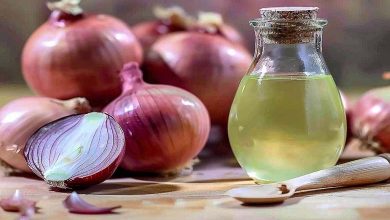The world tour of aloe vera

Aloe vera is a plant that has been used for millennia. From the Middle East to the Canary Islands and ancient Egypt, what is the history of its use?
The Middle East’s Known Benefits
Aloe barbadensis, a fatty plant of the Aloe family (Aloeaceae), thrives in hot, dry climates. Little is known about its origins. To date, the earliest record of its use dates back to Sumerian civilizations in the Middle East, in the third millennium BC.
Indeed, it is mentioned in the first pharmacopeia, discovered in 1948 in the ruins of Nippur, present-day Iraq, engraved in cuneiform characters on clay tablets. Its fleshy, water-filled leaves contain a clear pulp, rich in vitamins, trace elements, enzymes, and amino acids. The keys to its success!
An unmissable use in Egypt
Aloe vera depictions on the tombs of the pharaohs confirm their passion for this “elixir of long life”. Discovered in the ruins of Luxor, an Egyptian book of remedies, written on papyrus, in Thebes, about 3,500 years ago, contains 815 medical recipes where the plant appears in good place. Later, aloe would have been one of Cleopatra’s and Nefertiti’s beauty secrets.
Recourse to its virtues in the Greek pharmacopeia
Since Hippocrates in the fifth century BC, many doctors have praised the plant’s powers against constipation, injury, skin or eye infections, and even hair loss.
Aristotle is said to have convinced Alexander the Great – whom he had tutored – to conquer the Indian Ocean island of Socotra, grab its precious aloe plants, and heal the wounds of its soldiers.
A sacred plant in India
Eighteenth-century naturalists believed that the plant was from India, but it would not have appeared there until the twelfth century. For Hindus, this “silent healer” grew in the Garden of Eden. Sacred in Ayurveda, it is present during sacrifices and funeral pyres where its leaves symbolize eternity.
Indeed, Mahatma Gandhi wrote to the Roman writer Rolland, declaring that her faith was the secret of her strength during her fast.
Broadcast by Christopher Columbus
Christians discover the virtues of aloe during the Crusades. During the Renaissance, it was established in North Africa and Spain for its laxative properties until the 19th century, when we were interested in its other virtues. During the Spanish conquest, Christopher Columbus embarked on the plant on the Santa Maria to preserve its sailors from scurvy.
In the nineteenth century, two Americans isolated one of its active substances, aloin. In 1935, doctors discovered that the plant cures burns caused by X-rays. Ten years later, survivors of Hiroshima and Nagasaki in Japan are still using it.
Growing green gold in the Canary Islands
Pure, cream, oil, gel, incorporated into soap, shampoo, or even juice, aloe vera is everywhere! An infatuation that makes the Canary Islands happy. With its volcanic soil and low rainfall, the Spanish archipelago, located off the Moroccan coast, offers a rather arid climate that is ideal for the development of this plant.
The region is thus Europe’s biggest producer. Although the income from this culture lags far behind that of tourism, few visitors leave without afternoons in their luggage! Enough to dedicate a museum to him. You can visit La Oliva, a town in Fuerteventura, the second-largest island in the Canary Islands.
A wave sensor
It appears that aloe, placed near a computer, TV, or phone, can absorb some of the electromagnetic waves emitted by these devices.












